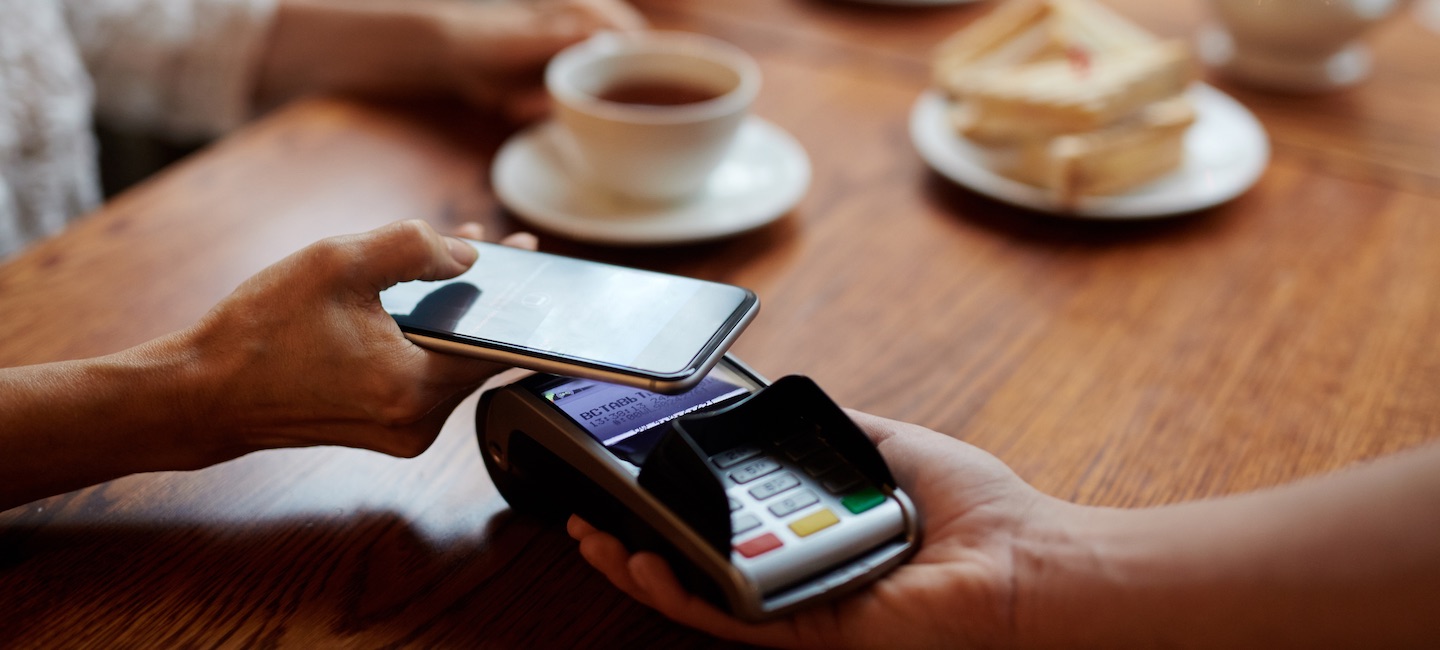Payments
‘No consensus on what a mobile wallet is’: What banks and retailers really think about mobile payments
- Industry experts from banking, consulting and venture capital worlds gathered in New York Thursday to assess the future of mobile payments.
- How to drive up low user adoption was a key challenge, particularly how to change user behavior and build trust.








